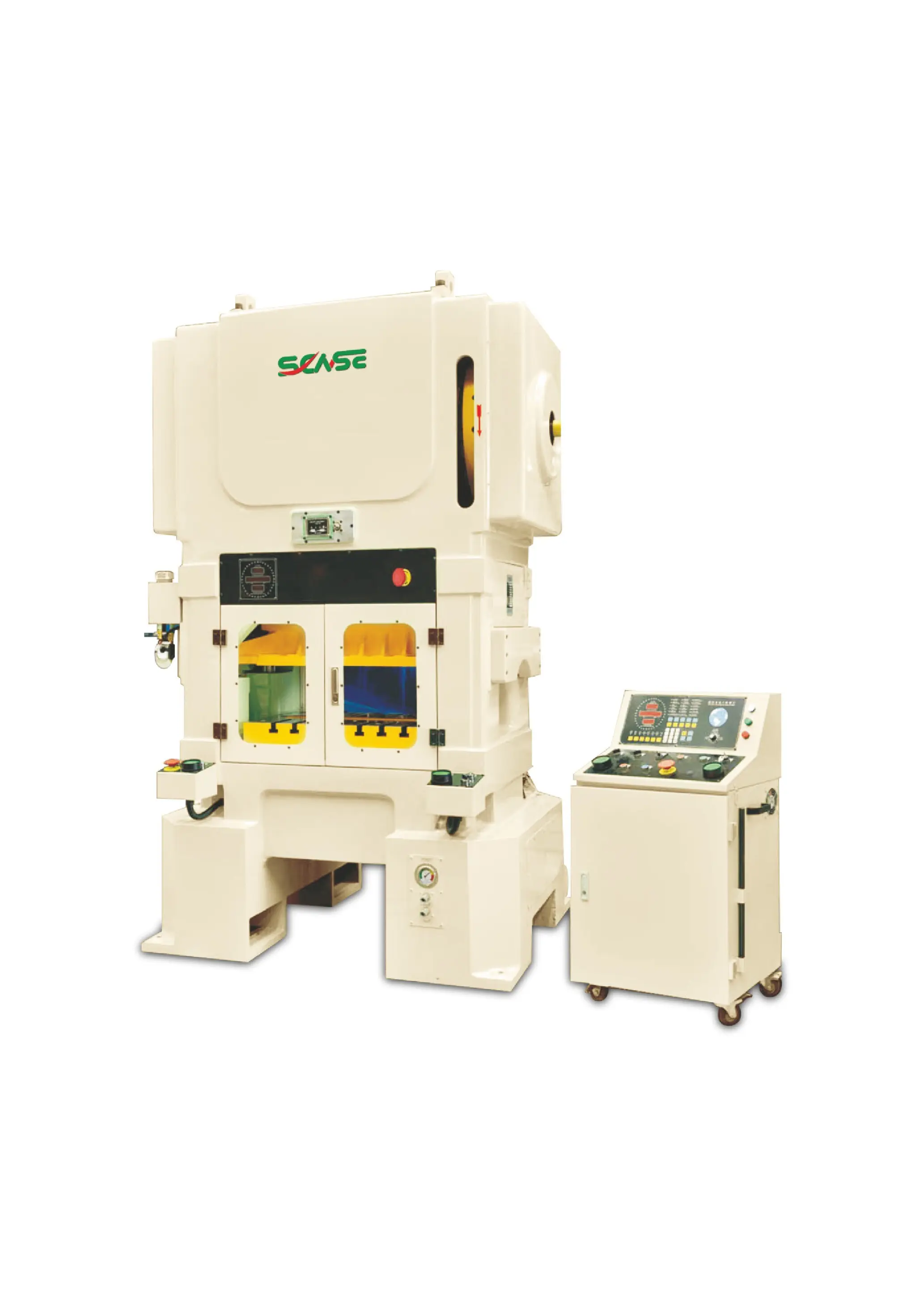The Difference High Speed Press Makes in Your Production Line
High-speed presses have become essential in modern manufacturing, offering significant advantages that set production lines apart. These machines enhance efficiency, quality, and overall productivity, making them indispensable tools for businesses seeking to stay competitive.
High-speed presses streamline the production process with advanced features, reducing turnaround times and lowering operational costs. Their versatility and adaptability enable seamless integration with various manufacturing processes, ensuring a smooth workflow and better integration.
Why High-Speed Presses Are Essential
High-speed presses offer increased efficiency, allowing companies to boost output without compromising on quality. Modern printing technologies like inkjet and laser printing enhance print quality, ensuring vibrant and precise results. These machines also reduce operational costs by minimizing downtime and wear and tear, thus improving profitability.
These presses are versatile and can handle various paper types and substrates, supporting a wide range of materials from thin paper to thicker cardboard. This versatility ensures seamless integration with other manufacturing processes, optimizing workflows and reducing bottlenecks.

Operational Improvements
The integration of high-speed presses into production lines results in streamlined workflows, significantly reducing turnaround times. Advanced automation features handle repetitive tasks with ease, allowing operators to focus on higher-value activities. Enhanced paper handling capabilities manage multiple sheets and sizes with precision, reducing errors and ensuring smooth operations.
These improvements also contribute to better inventory management and reduced waste. High-speed presses optimize material usage, minimizing waste and lowering the environmental impact. Real-time monitoring and predictive maintenance, enabled by data-driven systems, further enhance efficiency and reliability.
Technological Innovations
High-speed presses are powered by cutting-edge technology that drives innovation in printing and manufacturing. Inkjet and laser printing technologies ensure superior image quality and faster processing times. Digital printing technologies provide greater customization and flexibility, allowing seamless transitions between different printing processes.
Automation features, such as robotic arms and smart sensors, further enhance performance by optimizing machine interactions and minimizing human error. These advancements not only improve print quality but also increase productivity, making high-speed presses a cornerstone of modern manufacturing operations.
Case Studies
Real-world case studies illustrate the transformative impact of high-speed presses. For example, a printing agency that adopted high-speed presses reported a 30% increase in output and a 20% reduction in operational costs. Another company achieved a 40% reduction in downtime and an 18% increase in customer satisfaction by integrating these machines. These examples demonstrate the tangible benefits of high-speed presses in driving efficiency and customer satisfaction.
By analyzing these case studies, businesses can gain insights into the best practices for implementing high-speed presses. Proper integration, operator training, and maintenance schedules play crucial roles in maximizing the benefits of these machines.
Environmental Considerations
High-speed presses have significant environmental implications, from energy consumption to waste management. Efficient energy use is crucial, as these machines often require substantial power to operate. However, advancements in energy-efficient technologies are reducing this burden, contributing to a more sustainable manufacturing process.
Resource utilization is another critical consideration. High-speed presses optimize material usage, minimizing waste and reducing the environmental footprint of production lines. Waste management practices, such as recycling and proper disposal, are essential to mitigate the environmental impact of these machines.
Regulatory compliance is a key aspect as manufacturers adopt high-speed presses. Meeting industry standards and certifications ensures that operations run smoothly and reduces the risk of penalties or non-compliance issues. By adhering to regulations, companies can not only comply with environmental standards but also position themselves for long-term success.
Conclusion
High-speed presses are not just machines; they are catalysts for innovation and efficiency in modern manufacturing. By leveraging these technologies, businesses can achieve significant improvements in productivity, quality, and cost reduction while minimizing their environmental impact.
High-speed presses streamline workflows, enhance print quality, and reduce operational costs, ultimately delivering exceptional value to customers. By embracing these machines, businesses can stay competitive and meet the demands of a rapidly evolving market.
In conclusion, high-speed presses are transformative tools that drive productivity, quality, and sustainability. Adapting to these technologies can help businesses achieve their goals while ensuring a responsible and efficient manufacturing process.





